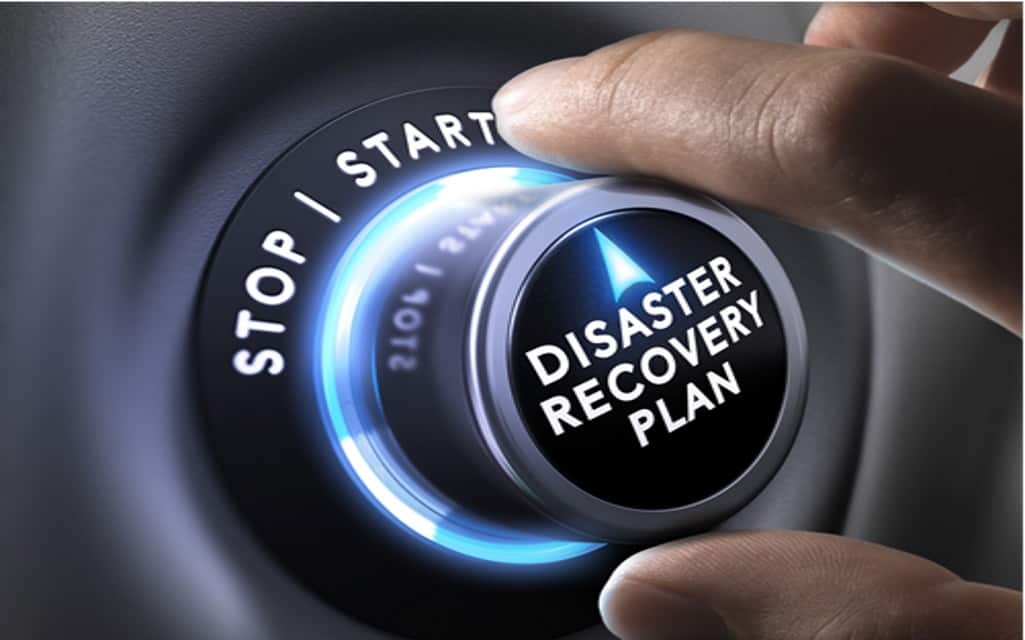Did you know 40 percent of small businesses affected by a disaster will close shop within a year? Even with this telling stat, the vast majority of small businesses don’t have a disaster recovery plan.
Whether it’s because these business owners think their businesses are too small to be hit by a disaster or don’t believe in the effectiveness of disaster recovery plans is not clear. What’s clear is that disasters will happen. It’s not a matter of if, but when.
If you ever needed reminding about the devastating nature of disasters, look no further than the COVID-19 pandemic.
Having a disaster recovery can make the difference between business survival and failure. Continue reading to learn how to build a suitable plan for your business.
1. Identify the Disaster Your Businesses Faces
What disasters could potentially strike your businesses?
If your business is located in an area that’s prone to floods, for instance, you would single out floods as a potential threat. This wouldn’t be a concern for a business that’s in an area that has no flood risk.
If your business has online operations, such as a website or social media accounts, a cybersecurity disaster could strike.
It takes a thorough evaluation of your business processes to zero in on all the risks your business faces. It’s advisable to hire a disaster evaluation or risk assessment consultant to help you with this.
2. Design Preventative and Recovery Measures for Every Disaster Risk
Different disasters call for different prevention and recovery measures. A disaster recovery plan for a cyberattack won’t be the same as that of an electrical fire, right?
For every disaster your business faces, determine the measures you’ll put in the place to, first, prevent it from happen and, second, recover your business if worse comes to worst.
While disaster-specific measures will go a long way, there’s one measure that’s universal to all disaster—business interruption insurance.
Any kind of disaster will disrupt your day-to-day operations, thereby impacting your revenues. When you have business interruption insurance, your insurer will compensate you for your lost income following the terms of the policy.
3. Do Disaster Recovery Drills
A disaster recovery plan isn’t just a document that fleshes out what happens as soon as a disaster strikes. It’s an action plan that should be engraved in you and your employees’ minds.
For this to happen, you must conduct periodic disaster recovery drills. This way, nobody will be caught unaware should a disaster strike. Instead, everyone will know what to do.
Besides, it helps to train your employees on disaster prevention and mitigation.
Read More: Benefits of Using IoT for Small Businesses
Develop a Disaster Recovery Plan Now
Developing a disaster recovery plan will cost you time and money, but it’s worth it. Would you rather lose your organization because you didn’t invest in a recovery plan? Use this information to build a plan that suits your business.
Keep tabs on our blog for more small business management tips.



